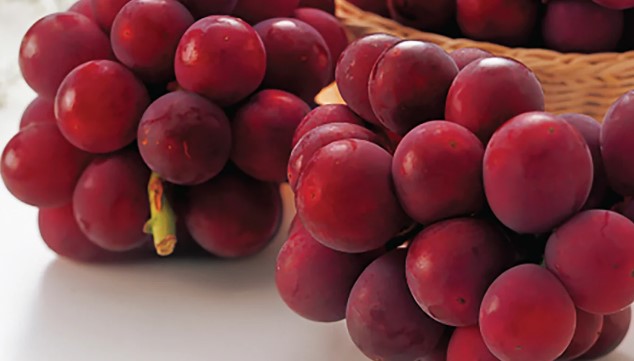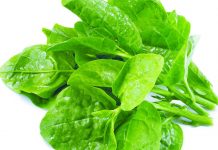Pulp: What to do with it
Here are some of the additional benefits of the juicing revolution – all the things you can do with the pulp of your juiced fruits and vegetables. Despite knowing how many things you could do with leftover pulp; I feel guilty about not using it all! Putting together this section of the best uses of pulp was so much fun. Fruits and vegetables are pulped by your juicer. It contains a high amount of fiber, which is extremely beneficial to your health. Besides aiding in digestion, fiber also has cleansing properties for the body.
The advantage of a centrifugal juicer over a masticating one is that the pulp is less dry, retains more juice and flavor, and can be used more effectively. There are so many things you can do with the pulp and so many creative ideas you can come up with.
Depending on what you like to do, I have listed the top 12 uses below-baking, cooking, making soups or salads, feeding your pet, and much more. Whatever your lifestyle preference, there should be a way to use your pulp. Here are three quick rules to follow:
-
It is best to use the pulp as soon as possible after juicing. Keep in mind, that fresh pulp is best used as soon as possible!
-
For up to two days, store it right away in an airtight container or zip-top bag in the fridge.
-
The third best option is to freeze the pulp in a zip-top bag for a week or ten days.
What to do with leftover pulp: 12 ideas:
-
Compost it: If you have no other use for it and do not bake, cook, or intend to use the pulp, you can compost it. Rather than putting it in the trash, it is much better to recycle it. The pulp is sometimes buried in the soil around plants as fertilizer. Minerals from pulp can be reconstituted by plants into organic materials suitable for growth.
-
Make vegetable broth with leftover vegetable pulp: Making homemade vegetable broth is an easy way to use leftover vegetable pulp. One of my husband’s favorite uses for juice pulp is to make vegetable broth. Fruit pulp should not be used here, only vegetable pulp. Ginger, garlic, and herb pulp can also be included. When your pulp is not too dry, your stock will have great flavor.
-
Make soups richer by adding vegetable pulp directly to soups along with vegetable broth. Vegetable pulp (and veggie scraps and peels) can be stored in the freezer and used whenever you need it.
-
Incorporate it into smoothies: Fruit pulp is a good source of fiber, and centrifugal juicer pulp adds tons of moisture to smoothies. It is best to use the berry and apple pulp for this purpose, especially if the smoothie base is frozen bananas. I love it!
-
Make sure you mix it into your kids’ foods: This is a great way to sneak fiber goodness into their food without changing the flavor too much. The pulp from carrots can also be used in mashed potatoes or macaroni and cheese.
-
It can be used to bake a wide range of baked goods and breads: Apple pulp, carrot pulp, and zucchini pulp are popular ingredients for baking. Fruit pulp can be used in a variety of recipes, including apple muffins, zucchini bread, and carrot cake, or you can add it to other baked goods to increase moisture. In some cases, you can even reduce the amount of oil required. Vegetable pulp reduces sweetness in baked goods and makes them healthier as well!
-
Use it liberally on salads: Beet and carrot pulps have beautiful color and texture, so I love tossing them on salads. The pulp itself doesn’t have much flavor-mine is usually quite dry-but the dressing and other salad components make for a fiber-rich salad. Since the dark leafy vegetable pulp comes out stringy, I don’t use it in salads because it doesn’t mix well.
-
Put it in stuffing, pasta, lasagna, burgers, or meatloaf: Celery, carrots, beets, and spinach pulp can be used in meatloaf, burgers (vegetarian or meat), and meatballs. Fiber and moisture are added to the dish by adding the leftover pulp. Adding carrot, spinach, or beet pulp to spaghetti sauce or layering it into lasagna are some ways to use it. It is important to remember that beet pulp has a very strong dark red color, and it may overpower the rest of your food more so than other pulps.
-
Bake raw crackers with your dehydrator: You can find tons of recipes for raw crackers and other raw baked goods if you have a dehydrator. This can be done with any kind of vegetable pulp.
-
Add it to pancakes, waffles, and omelets: Throw some pulp into pancakes, especially from apples and berries. These fruit pulps can also be added to waffle mixes and other desserts. They give the dish a nice texture, flavor, and moisture. Besides pulp, you can also mix carrot, spinach, and tomato pulp into your omelets.
-
Dips and sauces: Using spinach, kale, tomato, carrot, and the like in a vegetable dip is a great way to use your vegetable pulp. Simply replace one or two of the vegetables in recipes online that call for vegetables with the pulp of that recipe and you’re done.
-
Make dog biscuits or use them in dog food: Talk to your vet before feeding your pet the pulp.Simply add your daily pulp to your dog’s food to make a Doggy Dinner.Whether it is wet or dry food, you can mix it in.Their nutrient density and fiber levels will increase, and they will also enjoy a change in flavor.I’ve given you some ideas on what to do with your pulp, but don’t feel bad if you’re in a hurry or have no interest in using it.My own has been thrown away on occasion.
The bottom line is to not let your plans about the pulp interfere with your juicing habit. Every time you get the chance, juice, and if you can use the pulp, then even better! You can store it if it’s not needed, or you can ignore it. Juice is good for your body and there will always be pulp to juice, so don’t worry and juice away!
“Cheerfulness, sir, is the principal ingredient in the composition of health” – Arthur Murphy
Read More – How The Healthiest Fruit Juices are a Fresh Start







